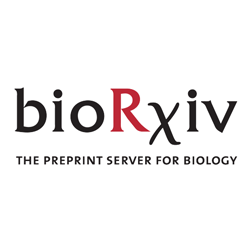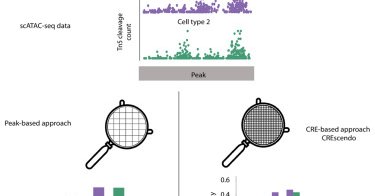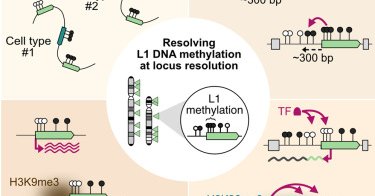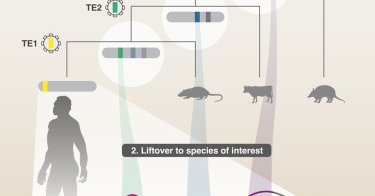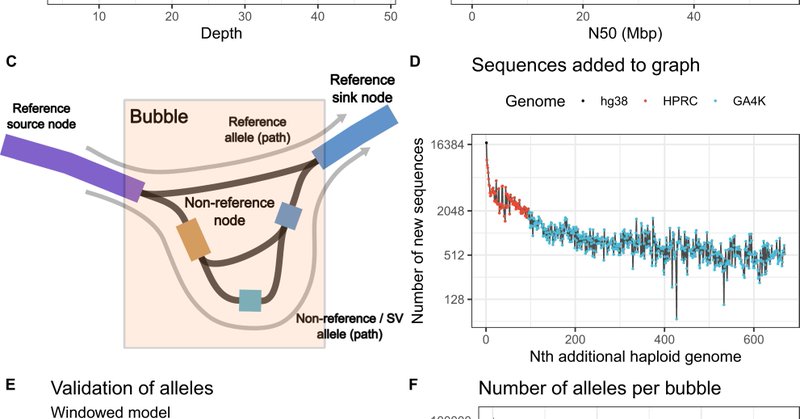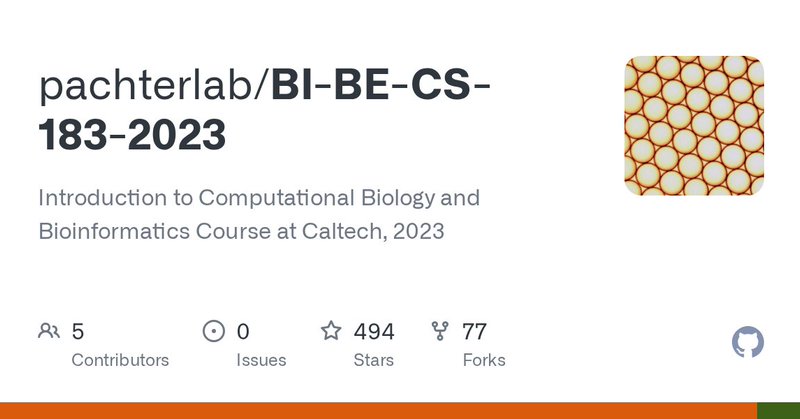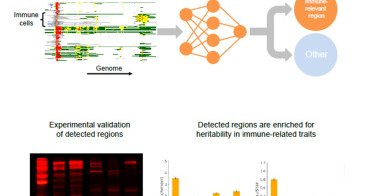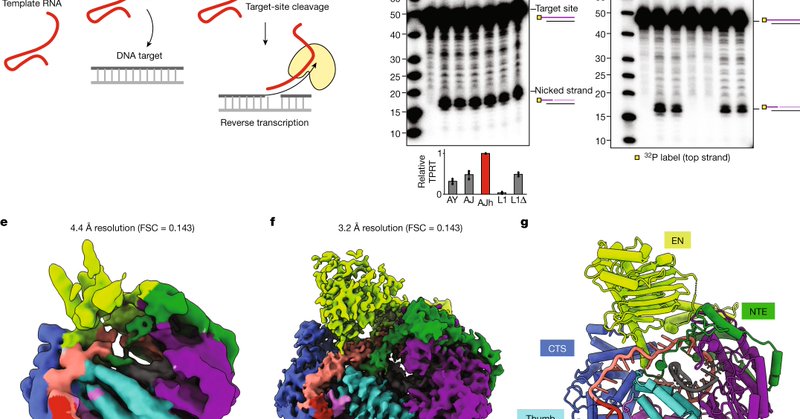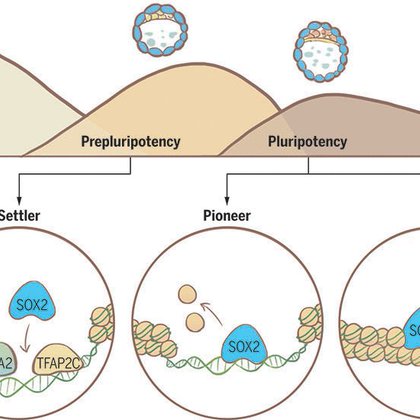
Xun Chen
@xunchen85
Followers
95
Following
643
Media
8
Statuses
241
Shanghai Institute of Immunity and Infection (Former Institut Pasteur of Shanghai), CAS
Shanghai, China
Joined April 2015
Super excited to share our latest #preprint on the TE classification/annotation and regulatory evolution from our lab @guilbourque at @Ashbi_KyotoU. Check it out here! 🧵. Cryptic endogenous retrovirus subfamilies in the primate lineage.
4
14
60
RT @JakobssonLab: New preprint from our lab! Why is not everyone working on Transposons?. Loss of H3K9me3 maintenance in human neural proge….
biorxiv.org
Heterochromatin is characterised by an inaccessibility to the transcriptional machinery and associated with the histone mark H3K9me3. Heterochromatin erosion is a hallmark of human ageing and H3K9me3...
0
25
0
RT @CellGenomics: Capturing cell-type-specific activities of cis-regulatory elements from peak-based single-cell ATAC-seq .
cell.com
Mengjie Chen introduces CREscendo, a framework using Tn5 cleavage and ENCODE CREs to refine scATAC-seq peaks. Applied to PBMCs and mouse cortex, it recovers key regulatory signals that are missed by...
0
18
0
RT @Nature: Why don't humans have tails? . A genetics study finds that a mobile genetic sequence inserted into a gene for tail development….
nature.com
Nature - An alternatively spliced gene contributed to tail loss in early apes.
0
148
0
RT @CellGenomics: Locus-level L1 DNA methylation profiling reveals the epigenetic and transcriptional interplay between L1s and their integ….
cell.com
L1 retrotransposons are abundant sequences in the human genome, implicated in disease and evolution. Lanciano, Philippe et al. profile their DNA methylation patterns at single-locus resolution in...
0
9
0
RT @wayomayo: Our paper on the ancestral genome-assisted TE annotation method/resource is out in @CellGenomics! Enhanced annotation is now….
cell.com
Transposable elements (TEs) are selfish genetic elements and have invaded our genomes throughout evolution. Matsushima et al. developed a computational method to annotate TEs by probing reconstructed...
0
30
0
RT @guilbourque: #Pangenome graphs improve the analysis of SVs for rare genetic diseases. Our new study is out! . Great collaboration with….
nature.com
Nature Communications - A pangenomic approach, where genome sequences are related to each other in a graph, facilitates analysis of genomic variation between individuals. Here, the authors explore...
0
47
0
RT @lpachter: I've gotten several requests recently for permission to use the notes from my computational biology class: ..
github.com
Introduction to Computational Biology and Bioinformatics Course at Caltech, 2023 - pachterlab/BI-BE-CS-183-2023
0
124
0
RT @Ashbi_KyotoU: [News release] ASHBi researchers identify and selectively manipulate the neural circuits underlying the balance of risk v….
ashbi.kyoto-u.ac.jp
Institute for the Advanced Study of Human Biology
0
3
0
RT @CellGenomics: Genome-wide classification of epigenetic activity reveals regions of enriched heritability in immune-related traits https….
cell.com
EpiNN is a method that uses epigenetic data to detect genomic regions that are relevant for immune-system function. Regions detected using EpiNN have a high concentration of variants associated with...
0
7
0
RT @AkankshaThawani: 🔥🔥How does the LINE-1 retrotransposon jump around in the human genome? Super excited to present my postdoctoral work….
nature.com
Nature - Human LINE-1 ORF2p relies on upstream single-stranded target DNA to position the adjacent duplex in the endonuclease active site for nicking of the longer DNA strand, with a single nick...
0
89
0
RT @KathleenHBurns: Check out our latest review | LINE-1 retrotransposition and its deregulation in cancers: implications for therapeutic o….
0
48
0
RT @CedricFeschotte: “Transposable elements contribute to nearly 80% of human-specific candidate cis-regulatory elements in cortical cells”….
0
109
0
RT @xielablife: Very happy to share our new paper on how SOX2 instructs pluripotency program transition in vivo in mouse E3.5-E7.5 embryos.….
science.org
SOX2 regulatory circuitry in mouse embryos identifies distinct cell states and multifaceted pioneer factor-enhancer interactions.
0
53
0
RT @CellGenomics: Multi-ancestry genetic analysis of gene regulation in coronary arteries prioritizes disease risk loci .
cell.com
Hodonsky et al. perform gene expression profiling and a multifaceted genetic analysis of gene regulation in coronary artery tissues from an ancestrally diverse patient cohort. This new resource...
0
6
0
RT @CedricFeschotte: 💥 New preprint! Really excited about this work brilliantly led by Manu @manvendr7 & Sabrina Leddy in collab with @TheN….
0
7
0


